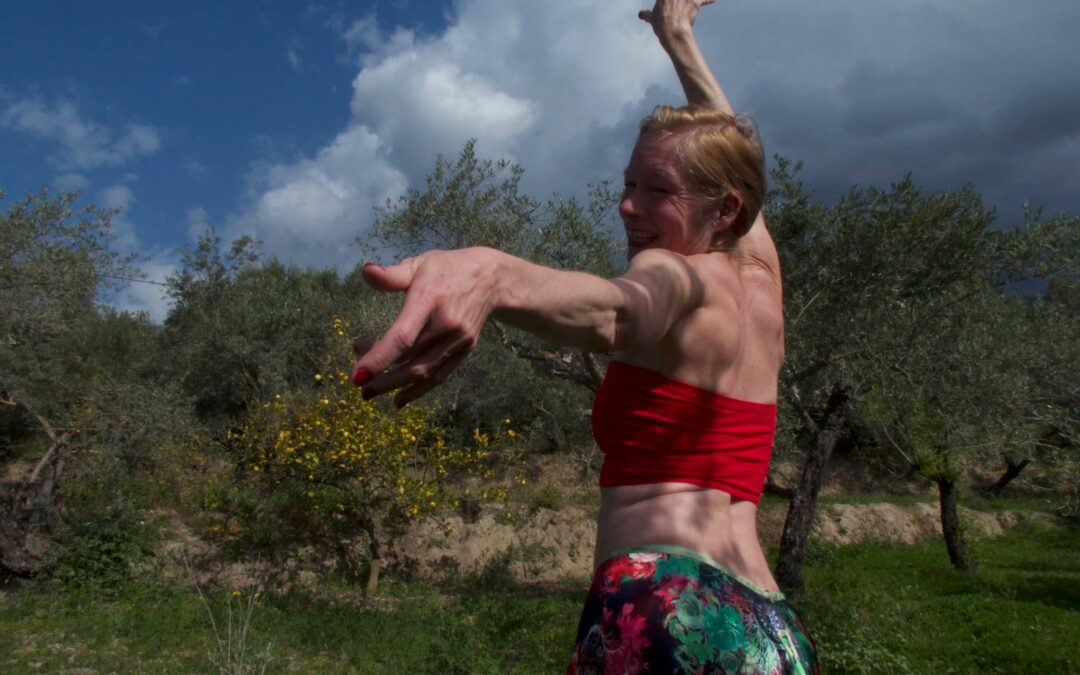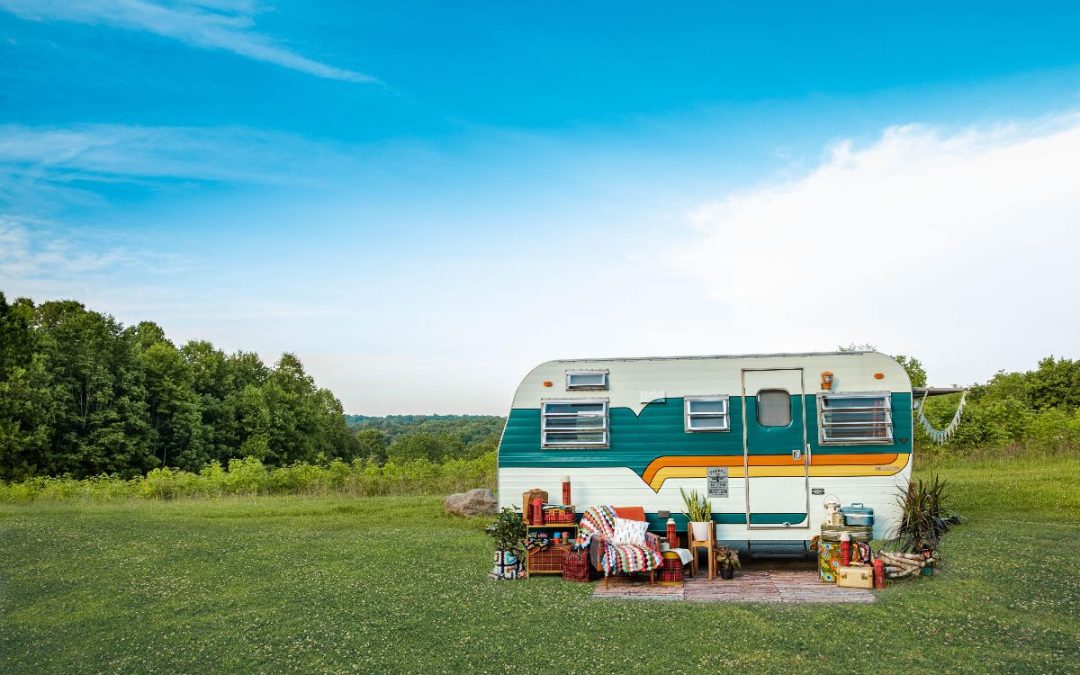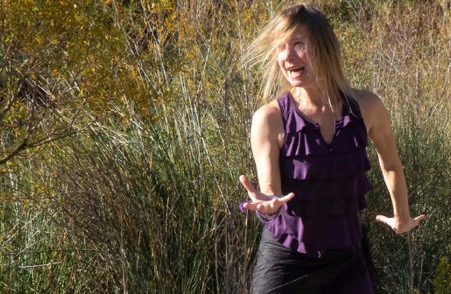
Movement is life
“Movement is life. Life is a process. Improve the quality of the process and you improve the quality of life itself.” Moshe Feldenkrais.
Movement is the very expression of our existence.

“Movement is life. Life is a process. Improve the quality of the process and you improve the quality of life itself.” Moshe Feldenkrais.

I love to roll on the ground. I love floor play whether it is Feldenkrais oriented or whether it has an NIA Joy in Motion taste. Rolling around and about, creeping, crawling, and playing animal… my daily dose of spontaneous play. Whenever I feel tired, overwhelmed, or just in a playful, silly mood, I lay on the ground and start sensing, feeling, and moving. It helps me to empty my overflowing, busy mind. Overtime is has proven to be one of my best working crumpy-mood changers and energizers.
So often we hold ourselves with loads of effort. As if we have no backup that supports us when life plays tough on us. As if the ground beneath us is our worst enemy. Have we forgotten where our roots go? When I look around me I do get the impression that many people don’t remember their roots. So many of us are living high up in our minds and seldom come down to scent the moist fragrance of the rich earthy soil or sense the feet as they faithfully guide us through life, exploring the ground beneath us with their sensitive antennae. There are 7,000 nerve endings in each foot….
For a half year now, I live in the midst of nature in my beautiful paradise ‘Jardin de Luz’ in the heart of the Alpujarra mountains in Spain. I am surrounded by singing birds, and abundant tapestry of flowers in myriad colors, and lots of creepy little crawlers that fertilize the humid soil of my land. I love to lie down in the green and watch the bright blue sky while a soft tepid breeze tickles my skin. And when the green is not too pointy, I love to roll around and about like a little kitten. It keeps my nervous system healthy.
The Human Nervous system, like any other nervous system, needs the ground to orient, organize and move the body. Yielding to gravity is the medicine for excessive muscle tone, anxiousness, and stress. And that is precisely why a little floor play a day keeps the doctor away.
When we are born we first learn to move on the ground. Our nervous system learns to navigate and negotiate gravity. This play with gravity also helps strengthen the muscles that later will support the skeleton, carrying us through life. There are 7 core patterns that we move through before we stand up and walk. And together with this physical process of creating these patterns, we develop our minds. We first learn about the world and about meaning through these early movements on the ground. We develop emotional intelligence while playing our way up into standing and walking. The physical body guides the emotional and mental body to wise up and get ready to play in life’s luxuriant garden.
The ground beneath us was a safe haven when the world was too overwhelming for our young minds. The support we could lean into when there was nothing else to lean on. A place to rest and digest. Yet on our path to adulthood, many of us mostly forgot that gravity supports us. Where did we start battling gravity and backing away from the ground? So many people deal with tension and back pain as a result of not grounding and co-operating with gravitational forces. Many nervous systems forgot how to lean into the earth and inhale its life force.
As a result, stressful tension cannot discharge and becomes trapped in the physical body, causing physical pain, fatigue and tension, emotional anxiety and stress, and an overloaded, busy mind that hardly is able to relax.
This brings me to a few of the most impressive benefits of floor play:
Relaxation, discharge stress, tap into life force, feel vital, vibrant, and energized. And most important, it will improve the way you move and help you thrive in life by giving your nervous system back its starting coördinates.
Every time I play on the floor, it helps me revisit the early core patterns that my nervous system once created to help me thrive in life. Every time this rolling about and around helps me tweak and refine those early core patterns and fill in the blind spots created by painful experiences, ignorance, and well-intentioned advice I once took for true without listening to my body.
Do you want a first taste of play on the floor? Let’s roll about and, around…

The body tells…
After a Feldenkrais lesson people often share that a movement is more difficult on one side than the other. And often they immediately explain to me why this is so. I then hear about an injury or experience from the past. And I see their now-body trapped in an old story. I call that traveling with your backpack loaded.
This reminds me of my parent’s friends who loaded the caravan with potatoes and peanut butter on their holiday to France. We are all creatures of habit and it is the habits of thinking, focusing, and feeling that direct our movement. Bringing your assumptions into your movement is like packing your backpack with kilos of potatoes and jars of peanut butter on the way to France.
Our mind listens less openly when it is occupied with thoughts and beliefs. It also gets in the way of our nervous system’s ability to create efficient movement patterns and process emotions. The movement journey then reinforces the limiting patterns formed by the experience of the past. We have, as it were, traveled back in time instead of in the present.
The path of least resistance is about playing in the present.
How will and can your body move now? By moving small and slowly, you can hear its suggestions clearly and provide the nervous system with new information. In this way, the less efficient patterns in our feeling, thinking, and doing can cease to exist. We invite our mind to listen with childlike curiosity and attention so that it can become silent for a moment and learn from the body. And where that will take us is a surprise and a yet unknown point on the map.
Are you ready to meet your body where it is now and create something beautiful with it?
Get your free Compass for holistic well-being.

“How Exercise Enhances Aging Brains. Sedentary, older adults who took aerobic dance classes twice a week showed improvements in brain areas critical for memory and thinking.” (Gretchen Reynolds in Phys Ed)
Isn’t it interesting how your brain’s health, and vitality are interwoven with your body’s well-being and fitness?
But how to help our bodies and brains really feel fit and well in this fast-paced, stressful, mind-over-body age?
I read the above article out of my professional interest as an NIA holistic fitness teacher, neuro-physical specialist, and somatic energetic coach guiding women of all ages and walks of life to build loving relationships with their bodies and attune better to their innate body wisdom. Discovering how a person moves and what moves this person is an important part of my work to help women reconnect with their physiological, psychological nature. So this question came to mind:
Is it about exercising our being or our body?
I believe that movement has to add to the body not hurt it. In striving, disregard less of the body’s design or the unique preferences of one’s own body. there is no gain, just pain. Our Nervous systems respond to pain with stress and survival programming.
Unfortunately, many movement practices are intended for working out on the body only. There is hardly any space to slow down, feel, and listen to the sensations in the body. It is as if our minds are training our bodies, guided by their conditioning and social expectations.
Many women have lost alignment with the needs of their bodies. And attunement to feeling and emotion is crucial for women to navigate effortlessly through important biological transitions in life-such as menopause-and age with grace, elegance, and confidence. This Mind-over-Body climate, deprives the female brain of crucial information to stay healthy.
I believe that female bodies in particular need joyful movement, spontaneity, playfulness, care, strength, flexibility, agility, balance, healthy emotional housekeeping, and positive, realistic thinking. And funnily enough, that is exactly what our nervous systems also need.
Probably many dance fitness forms that focus on exercise can really help strengthen our brains and probably improve the quality of aging. But I’m convinced that it takes more than just physical training
In guiding many women toward a loving relationship with their bodies and a deep sense of holistic well-being and vitality, I discovered that it all depends on the nature of the exercises and how they connect to who we are, what we need physically, emotionally, spiritually and mentally, and how these exercises contribute to restore the connection between soul, body, and mind. In this way, our nervous system receives the vital information to stay attuned to the body and environment and the brain can continue to function optimally.
Therefore a good fitness-oriented dance form for women should include play, expression, spontaneity, and joy in motion.
In playful, expressive movements, our whole being naturally gains more strength, mobility, agility, flexibility, and stability.
To age with grace and elegance, it is imperative that movement is aimed at breaking mental conditioning. No body becomes more flexible if the mind is not flexible. A flexible mind is open, curious, and willing to listen and attune to sensations and feelings. As a result, our sensory- and bodily awareness improves and we become attuned to what we need to stay healthy and resilient.
This is why I want to advocate for *NIA’s holistic approach, which benefits me and my clients – women of all ages and walks of life – so much. An approach grounded in sensory, somatic, and cognitive awareness.
*NIA stands for neuromuscular integrated action and purpose.
A typical NIA class has a balanced mix of freedom and form in dancing and moving. Form comes from many different movement forms that are captured in simple movement phrases or free dance explorations.
A crucial difference with many aerobic and fitness programs is that each NIA class is intended to workout the being instead of only the body.
Meaning that our emotional, mental, and spiritual well-being is equally important in staying healthy and vibrant. Hence, the mix of spontaneous dance and varied simple movement forms helps restore the nervous system and allow the brain to grow and make new connections while giving the body a gentle cardio workout.
NIA helps the nervous system stay healthy and resilient while enhancing the brain areas for memory and thinking.
Consciously creating joy in exercising is a powerful way to nourish the brain. Our brains learn when we are in a relaxed and playful state. Freedance is a powerful tool for joy, play, and spontaneity. It helps to release emotions, open one’s mind to the wonders of the body, and connect with others in a heart-opening way. And when freedance guides us into a somatic and sensory experience, it can help us discover more of ourselves in a physical, mental, emotional, and spiritual way.
Form, on the other hand, helps us to discover more of ourselves as we move beyond habitual patterns of preference when we dance. Through the form, the brain trains to memorize, finetune and become accurate in how it organizes itself. It has to ‘rethink’ the ways it wired itself when we dance movements combinations that feel unfamiliar or that are forgotten or unknown to the brain. Brains need variety, quality, intelligent repetition, and quantity to thrive and keep growing.
As we age or move through challenging transitions, our limited thinking patterns have a greater impact on our freedom of movement. Our physical bodies may not feel as strong anymore as we are used to experiencing them. It might cause women to experience fear of falling/failing or have the belief that one is too old to still move freely and spontaneously. Our brain gets slower and starts losing data when we don’t feed it with organic learning, moving, and tasting “new experiences’. This impacts our whole being.
The different movement forms and qualities that are brought to consciousness through form challenge our habitual muscular organization and help us to find strength, stamina, flexibility, fluid mobility, agility, and stability. It can give someone new self-confidence again to feel the ability to move with more of oneself again. To feel more whole and connected with oneself
Exercising that is playful, joyful, and non-striving helps to build awareness about your body’s way and needs through the different stadia of your life. It helps to regain a sense of curious, spontaneous, and playful being in your body. This energizes your nervous system and brain. And it helps restore many movement qualities that we lose over time due to our habits in moving and our preferences in movement.
Aging can be met with emotions of fear, sadness, or frustration. All muscles respond to emotions and vice versa. Movement phrases that are fused with different movement forms and movement qualities change our emotional state by addressing different muscle activities. Becoming aware of how you can change your own emotional states simply by making a different move is really empowering a life of vitality and joy no matter your age.
So now that you know this, what will be your next move, mentally, physically, emotionally, and spiritually?